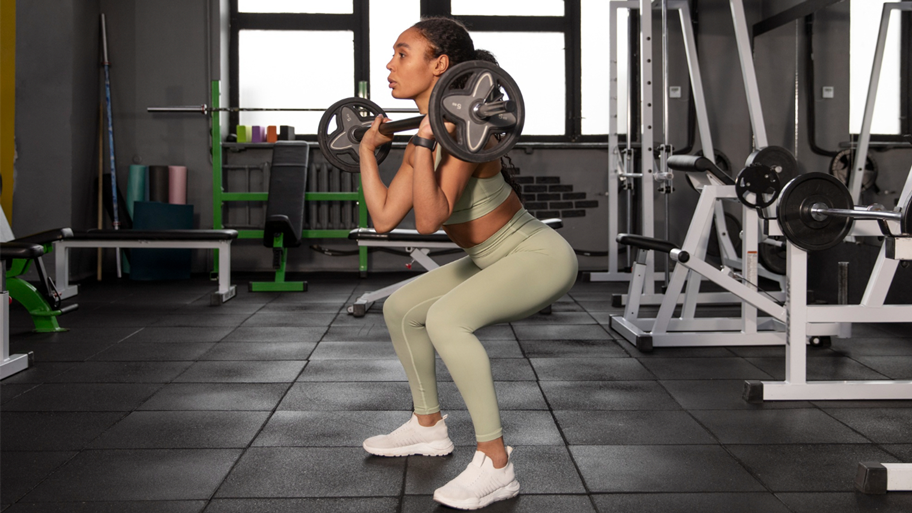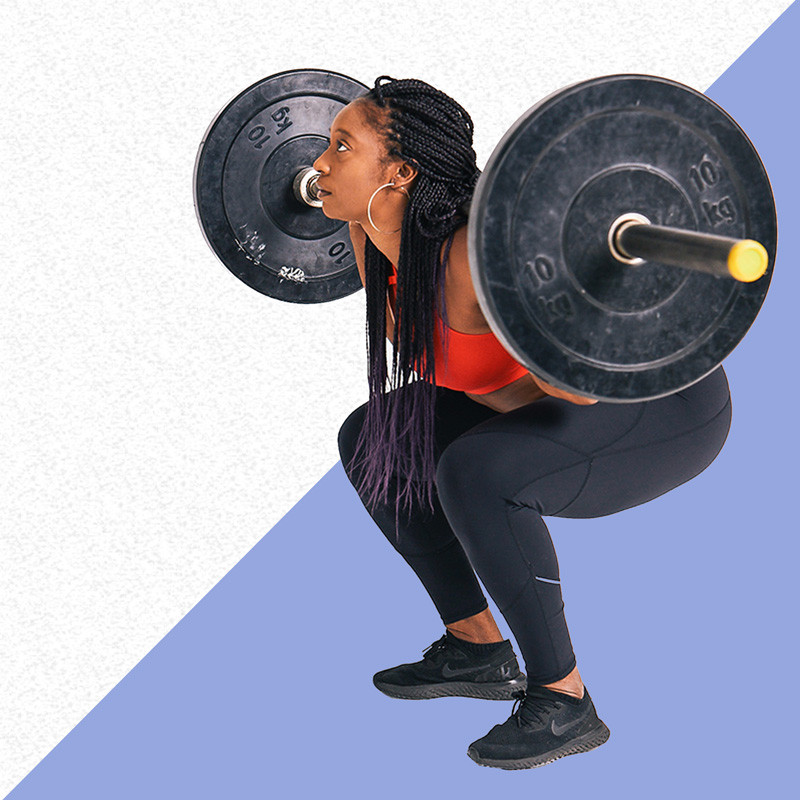You’re not alone. The problem often lies in the lack of personalised support, structure, simplicity, and accountability. But fear not, I’m here to offer you the ultimate Online Personal Training experience in the UK and worldwide. Let’s focus on both physical and mental gains, ensuring swift progress every step of the way!
Working the largest muscles in the body means that the squat doesn’t just make your legs stronger, it also burns more calories. Evidence even shows that working the big muscles in the legs can encourage upper body muscular growth.
So, if you’re looking to train efficiently whilst building strength and mass, squats are the way to go.
To get the lowdown on the benefits of the exercise we spoke to Frame instructor and British/European Deadlift Record Holder, Temi Nuga, about how and why to start including it into your workout plan.
The main focus is the posterior chain: the quadriceps, hamstrings, glutes, erector spinae, trapezius and posterior deltoids, as well as the hip and knee flexors.
However, the movement can help to train significantly more muscles across the body including the back, calves and core as well as help to train stability and ankle mobility.
Squats are an incredibly important functional movement. By that, we mean an exercise that has important strength and conditioning carry over across all sports as well as day-to-day life. That’s why it’s such an integral exercise for athletes.
Squatting is a compound movement which means that it works multiple muscles across the body as part of one fluid exercise. That has multiple benefits for training, from being able to work as many muscles as possible in a shorter period of time (in contrast to isolation movements) to increasing metabolic rate and helping with things like mobility and flexibility.



